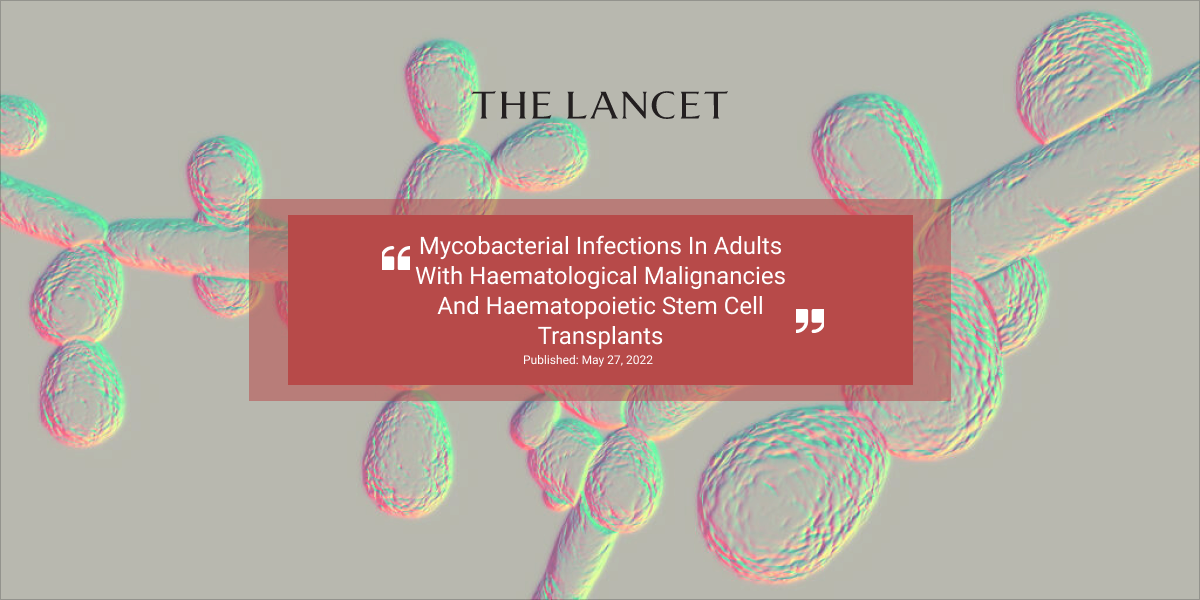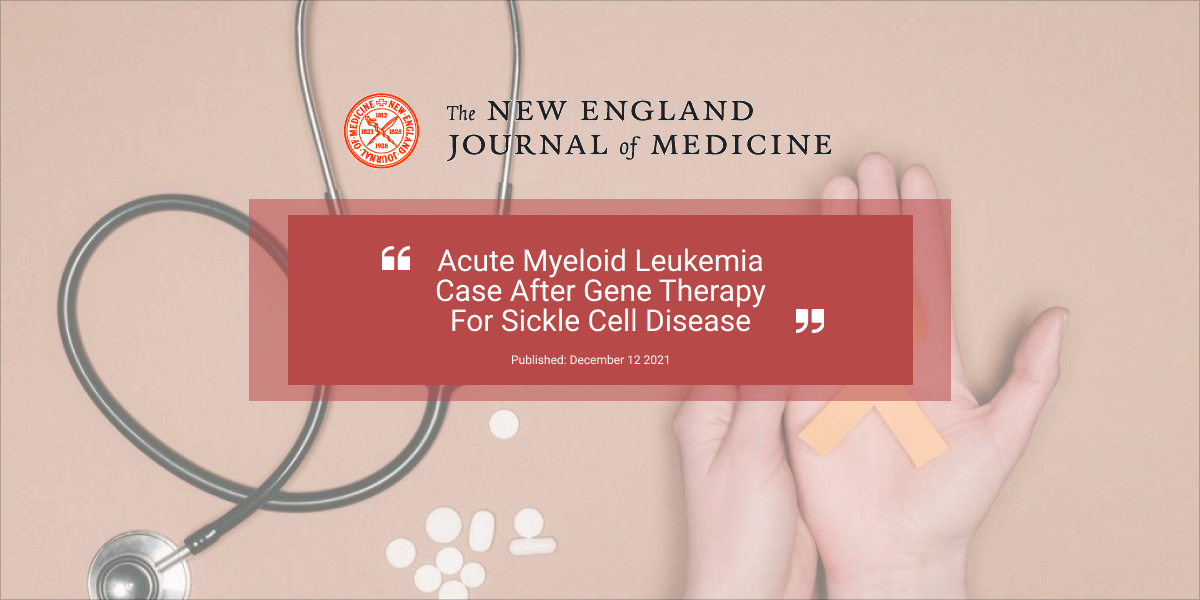Mycobacterial infections in adults with haematological malignancies and haematopoietic stem cell transplants: guidelines from the 8th European Conference on Infections in Leukaemia
Mycobacterial infections, both tuberculosis and nontuberculous, are more common in patients with haematological malignancies and haematopoietic stem cell transplant recipients than in the general population—although these infections remain rare. Mycobacterial infections pose both diagnostic and therapeutic challenges. The management of mycobacterial infections is particularly complicated for patients in haematology because of the many drug–drug interactions between antimycobacterial drugs and haematological and immunosuppressive treatments. The management of mycobacterial infections must also consider the effect of delaying haematological management. We surveyed the management practices for latent tuberculosis infection (LTBI) in haematology centres in Europe. We then conducted a meticulous review of the literature on the epidemiology, diagnosis, and management of LTBI, tuberculosis, and nontuberculous mycobacterial infections among patients in haematology, and we formulated clinical guidelines according to standardised European Conference on Infections in Leukaemia (ECIL) methods. In this Review, we summarise the available literature and the recommendations of ECIL 8 for managing mycobacterial infections in patients with haematological malignancies.
![]()
![]()
![]()
![]()
![]()
© 2022 Elsevier Ltd. All rights reserved.





